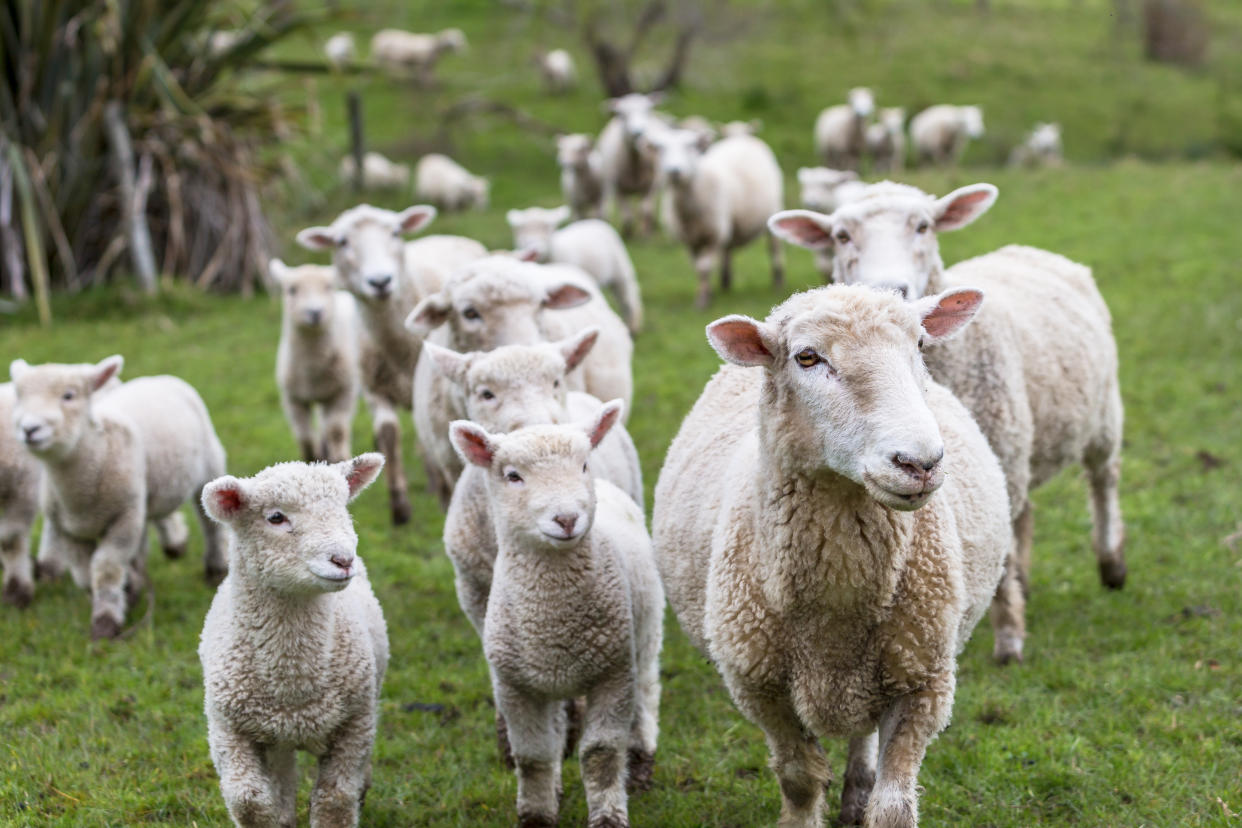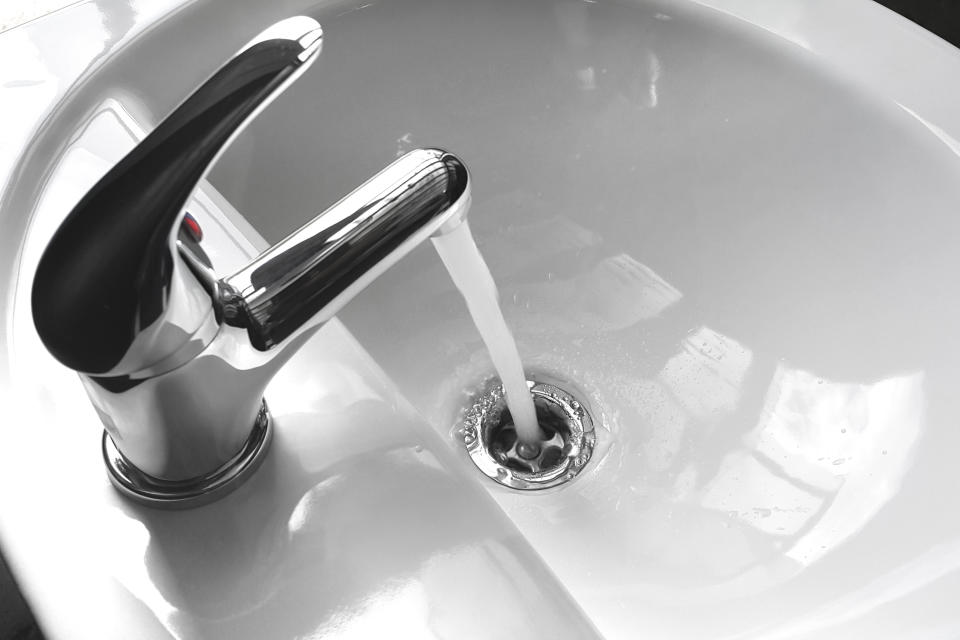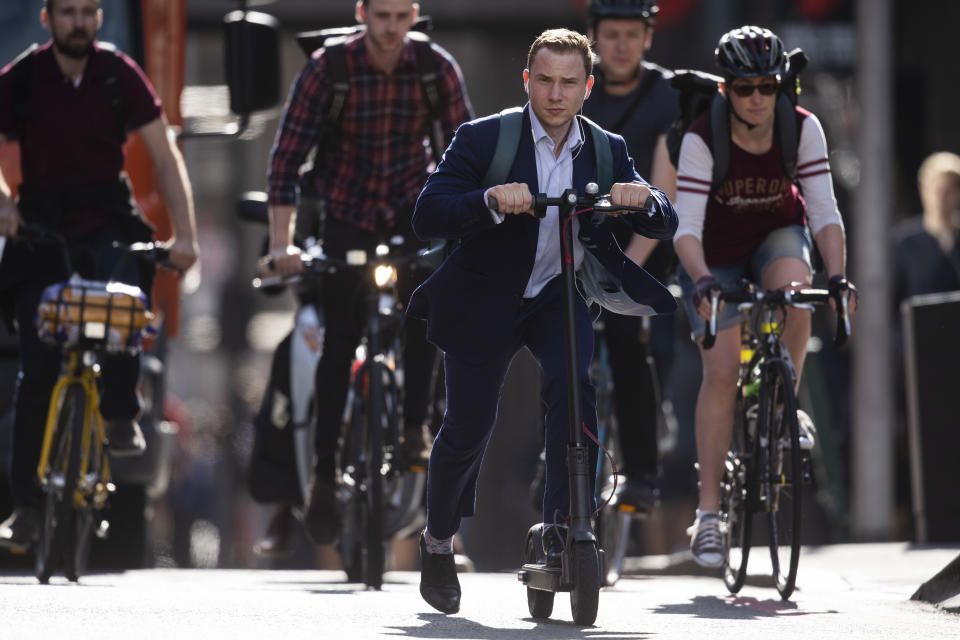Climate change and eco-budgeting: how to save money — and the planet

Saving the planet from environmental catastrophe is cheaper than you might think.
In fact, you could save money doing your bit to fight climate change. It’s so easy to cut costs and emissions, there’s really no excuse not to.
Here are some simple ways you can help the environment and your wallet at the same time.
Say no to meat and leather goods
Livestock is a major problem for the environment. Cattle, for example, produces a large amount of methane.
Our insatiable demand for cattle and products such as meat and leather means a huge number of cows exist.
Feeding these animals through intensive crop farming is also highly damaging in a number of ways, such as the use of pesticides, the clearance of forests to make farmland, and so on.
Reduce your use of animal products. That includes food, clothing, materials, and try going vegetarian or vegan even if only for a couple of days a week.
Meat and dairy can be expensive, especially if you’re eating it every single day, sometimes for more than one meal.
Vegetables, grains, pulses, beans, and all the rest of it are much cheaper and environmentally friendly as long as you make sure that the products are ethically sourced.
Check your energy and water usage
We’ve all left a light or two on when we don’t need to. Or had the taps running while we brush our teeth.
But this both costs money and harms the environment. Be vigilant about your use of gas, electric and water. Use only what you need to.
Switch your electricity supplier to one that uses renewable sources, or perhaps invest yourself in some solar panels and a small wind turbine to generate your own green power.

And keep your electrics off unless you need to use them. Don’t leave lights or equipment on unnecessarily.
Ditto water. Limit your shower time. Reuse water where possible. Hand wash your dishes rather than stuff them into a dishwasher. Buy electrical goods that are highly energy efficient.
Buy fresh, loose and local food
We often reach for packaged goods flown in from who knows where.
New Zealand lamb, wrapped up in all that plastic, is a good example. Its carbon footprint is huge because of how far it must travel just to end up on our shelves.
Instead, buy local. Preferably British, but even more local if possible. Go to your nearest grocer and farm shop and buy loose veg and fresh meat from the counter.
That way, you remove all the packaging, you only buy what you need, and the produce is from nearby, meaning it hasn’t had to travel far before it reaches your plate.
The same logic applies to all food products. Try to buy loose and local. Failing that, look for products that are certified as sustainable.
Planning meals ahead means you know exactly what you need. Buying loose ensures you only take home what you need to, cutting down on food waste.

Use your car less
It’s very tempting to hop in the car to save yourself a 10-minute walk.
Fight the urge. Only use your car when no alternative means of travel is reasonable.
Walk if you can—which has the added bonus of being healthy—or use public transport, which is often cheaper than using your car.
Cars are a blight. Vehicle emissions are one of the biggest contributors to global warming. If you need a car, then buy one with low emissions.
Go electric or hybrid—anything to cut the damage you’re doing to the environment. You’ll cut your costs, too.
Buy second hand stuff
Our wasteful throwaway culture is leading to excessive consumption of new goods, creating a vast amount of unnecessary emissions all the way through the supply chain.
One way to cut your carbon footprint is to stop buying so many new things. Charity shops and classifieds pages are your friends.
Upcycle old furniture, saving money and learning new skills along the way. Breathe new life into old clothing. Swap clothes with your stylish friends rather than splashing out on a whole new wardrobe.
Whatever you need, someone else will be selling theirs. You don’t need to buy new every time. Where it’s avoidable, which is often, you should buy second hand—cutting costs and waste.
And whenever you’re done with something, sell or donate it, don’t throw it out.

